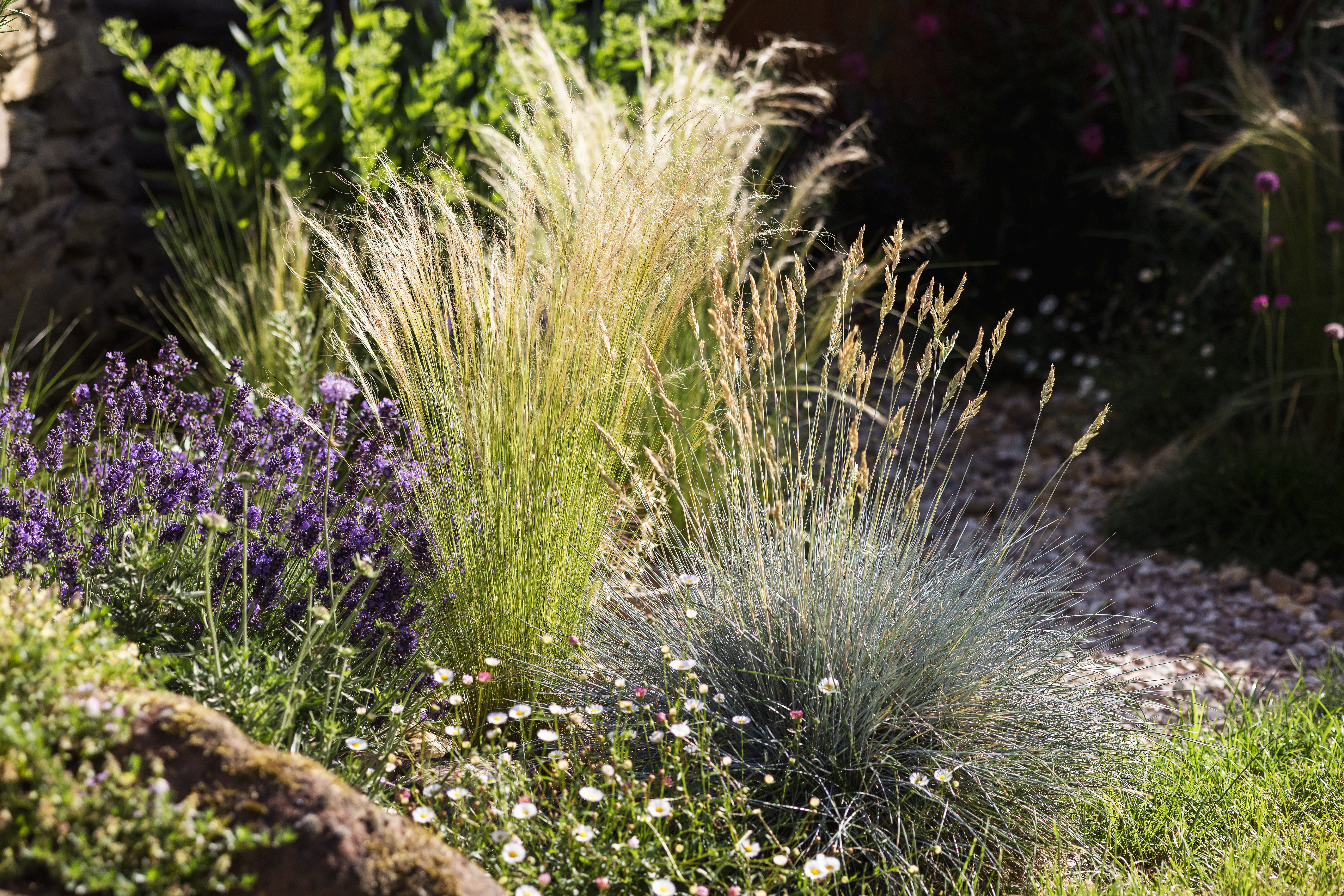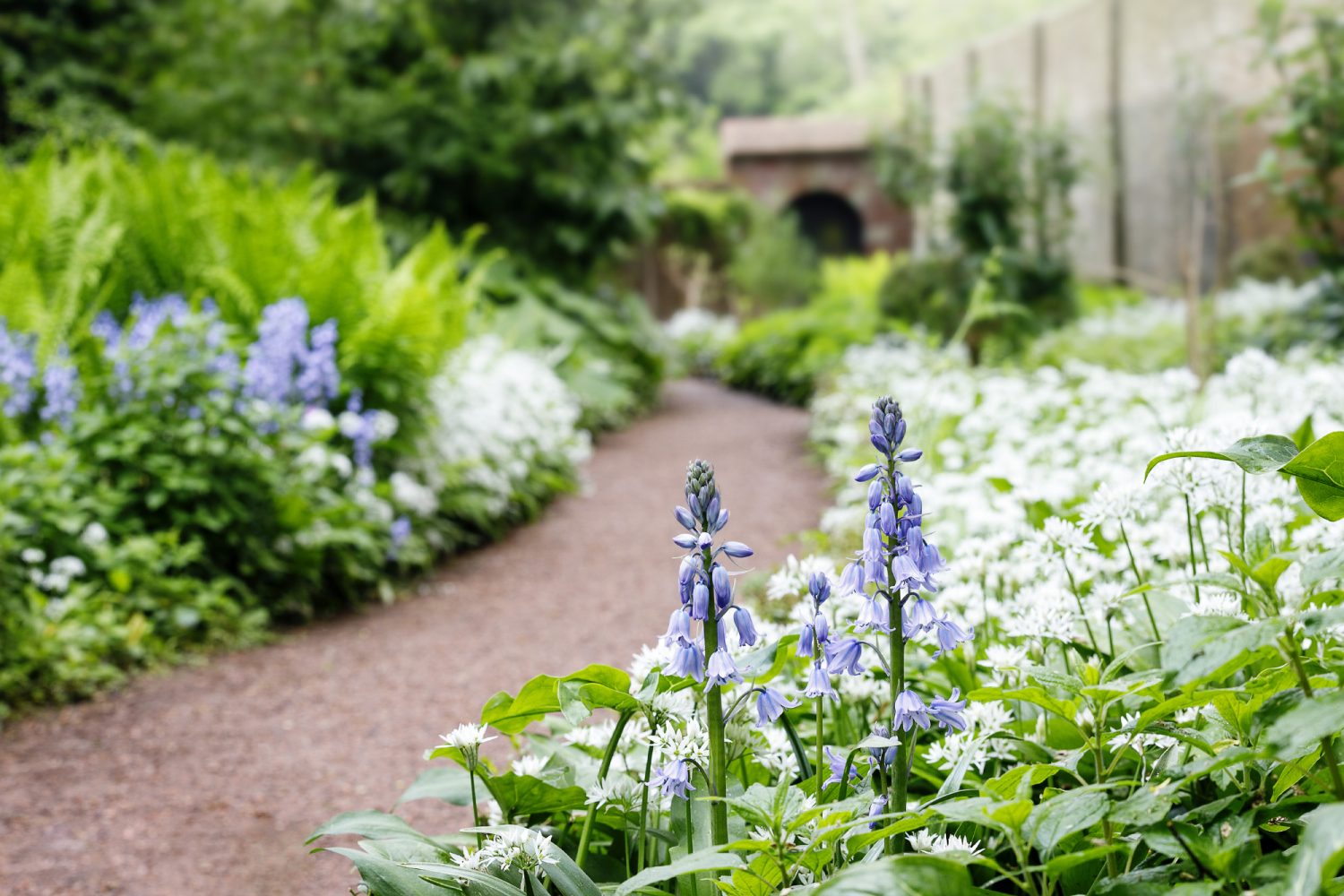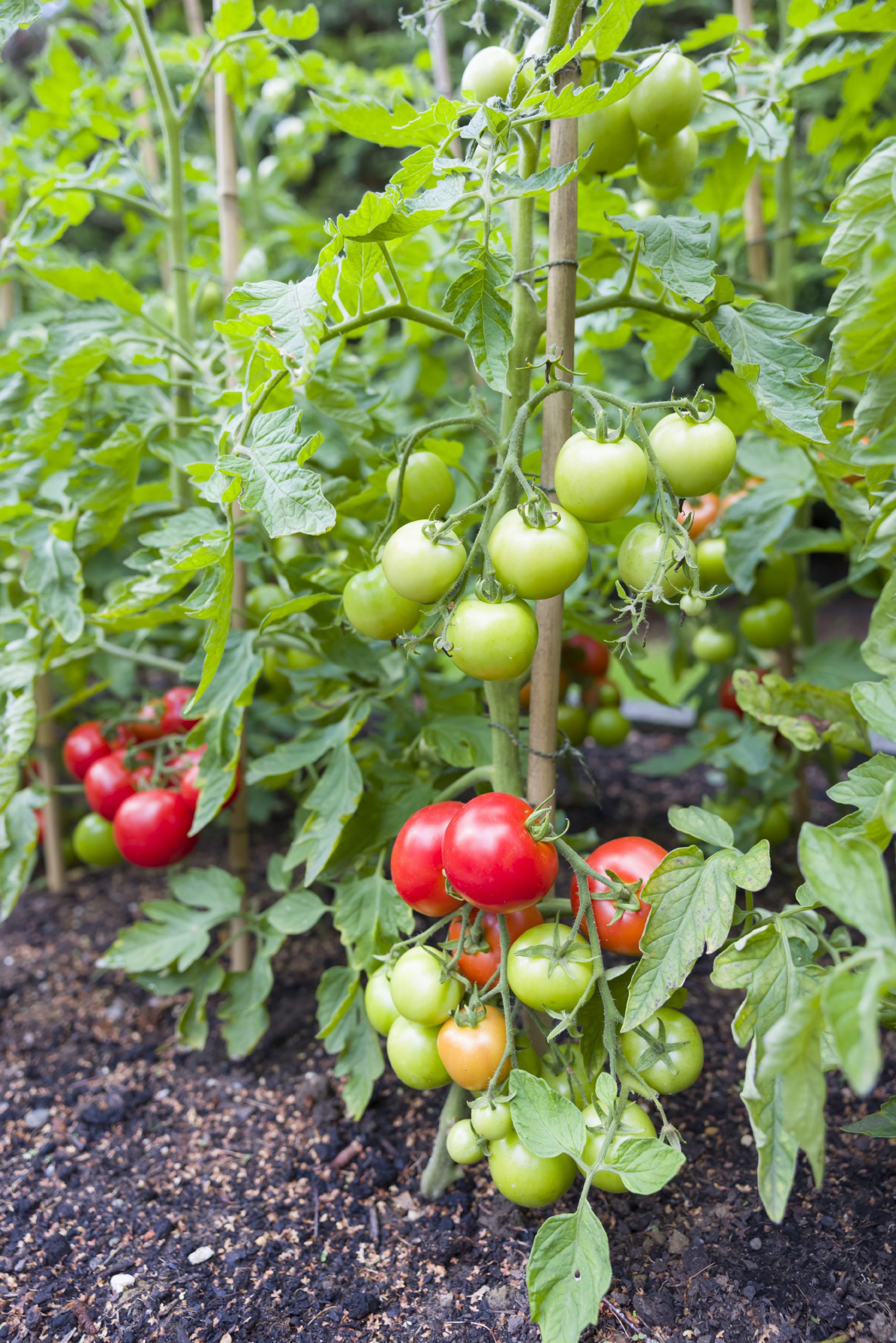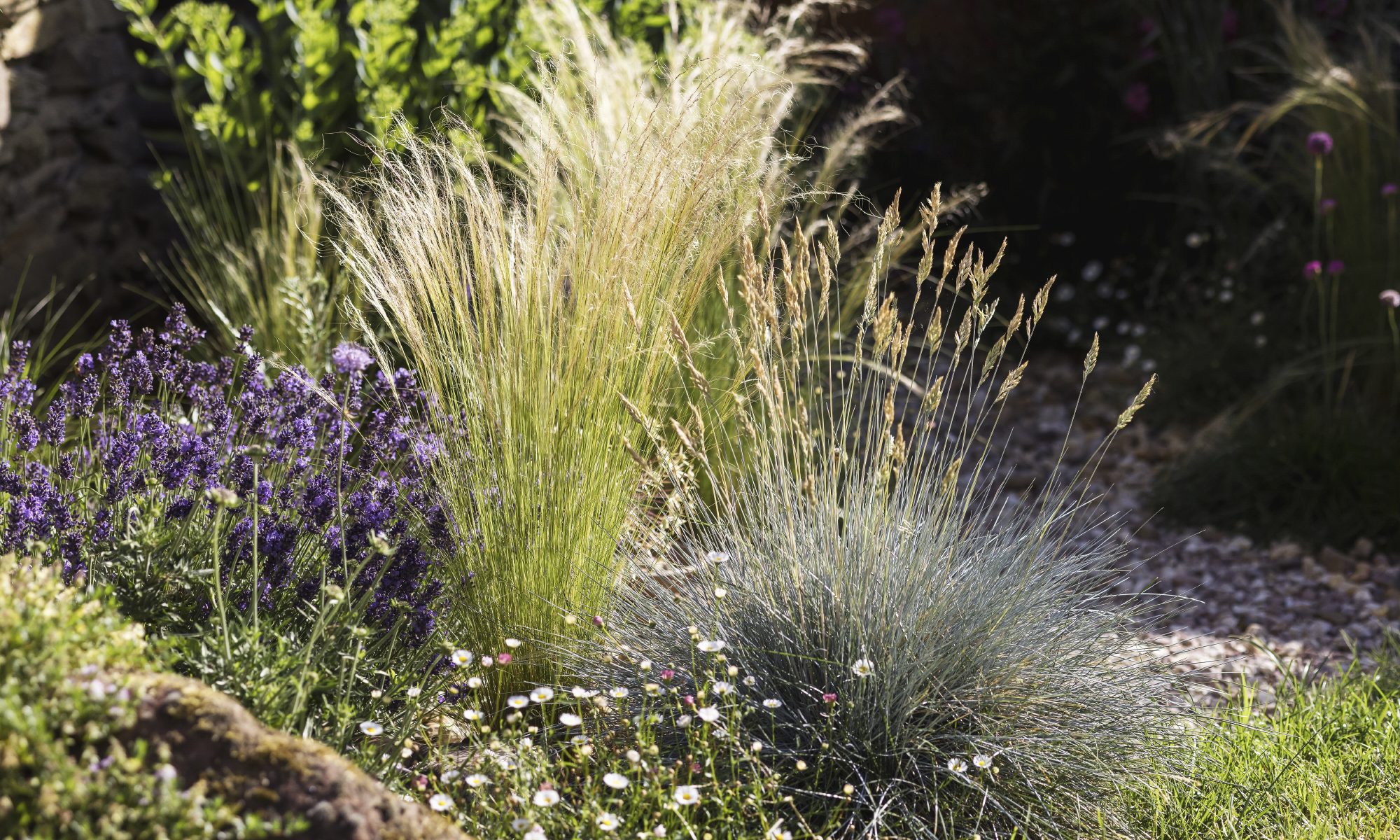Jo Arnell explores the undisputed health benefits of therapeutic gardens
Research has shown – and most gardeners can testify, that gardening is good for us. More and more hospitals, homes for the disabled and rehabilitation centres are installing therapeutic gardens. The NHS is even prescribing gardening, especially in a community setting, to help treat anxiety and depression.
We’ve known since the earliest of times that being in a green space brings a sense of wellbeing and that connection to nature is a vital part of our existence. Down through history we’ve created sanctuaries for healing and restoration – places where plants became central to the health of the community.
Monastic physic gardens were common in the middle ages, not just for growing medicinal herbs – where they were used to treat a huge range of ailments – but for people to visit and benefit from just being within the gardens. Indeed Florence Nightingale wrote in her book Notes on Nursing that visual connections to nature, views through the window, or just flowers by the bedside helped the recovery of patients.
Therapy gardens can be used in hospital settings, for recuperation, respite, outdoor physiotherapy and as places for people to practice therapeutic horticulture – actively participating in growing both ornamental plants and edible crops. These days healing gardens are multi-dimensional, multi-sensory and are often a vital part of a patient’s rehabilitation.
Ideas behind healing spaces can be used, both in our own gardens and in public parks – to help us escape from our everyday stresses and the pressures of work, releasing us from stuffy indoor environments, dull offices and stultifying urban landscapes. A garden is meant to be a relaxing place, somewhere to sit and unwind, but with a little thought and some simple additions it can become so much more than that.

It’s important to engage more than one sense in the garden, so a range of plants that engage and immerse all the senses – touch, smell, hearing, even taste – will bring greater depth to the experience of being in the garden
Designing a therapeutic garden
Depending on how large the space is, it can be divided into different zones to allow for a range of uses. It might be that a secluded quiet space is needed away from the main garden – an area for contemplation and solitude, for private conversations, or dealing with bad news. A separate, but more open communal area is useful for visits, group activities and recreation.
Paths through and around the garden should be easy to navigate and wide enough for a wheelchair, although there could also be places where substrates vary – perhaps paths of soft bark in a woodland situation, lawns or paths mown through a meadow or a patch of long grass where people could walk barefoot, even cobbles or stones, (especially if there’s a handrail nearby) to encourage confidence in walking over uneven surfaces.
Even in a small space there could be a rich variety of experiences on offer – after all, a garden is a place of immersion where all the senses are engaged. Installing a water feature is one of the best additions, as the sight, sound and even the touch of water is soothing (unless you’re like me and being near trickling water makes you run for the nearest loo).
Water is wonderful for encouraging wildlife too. A pond is the absolute best thing you can do to attract a range of species – and this in itself adds a whole new dimension to the garden experience. Watching wildlife is fascinating and knowing that wild creatures are benefitting from something you’ve provided for them is rewarding and uplifting. If safety is an issue, then a small water feature comprising a reservoir of water, pump and a pipe through a drilled stone, or small fountain of some kind will be almost as good. A bird bath or a shallow container of water (provided it’s kept clean) will bring in plenty of insects and birds, even small mammals – just make sure that the sides aren’t too steep and that creatures can easily escape if they fall in.
Warmth from the sun is beneficial in small amounts, but shade from the heat of a sunny day during the summer months will ensure that the garden can be safely used all year round. Shade can be temporary in the form of parasols and awnings, or from more permanent installations like arbours, trellis and pergolas. The most natural thing to do would be to plant a tree or two and thereby create a canopy of dappled shade.
Colour is a big mood enhancer, and, as mentioned, if you are wanting to create a calm environment, the most soothing and refreshing colour is green. Using different shades of green, adding in textures, different leaf shapes and sizes enhances the experience. Green plants of various heights can be used to create a canopied and layered effect, mimicking how they would grow in nature. Bright, bold colours work best in sunny situations – they make us cheerful and have an invigorating effect, but can also become overwhelming, so use sparingly in a therapeutic environment. Cool pastels – blues, mauves, pinks and shades of white and cream are harmonising and calming. Pale flowers are often beautifully scented too, which adds to the experience, especially if they are used near ‘nose height’ – in raised beds, or try scented climbing plants and taller shrubs.

The plants to grow
While green plants are beneficial to health and wellbeing, it’s important to engage more than one sense in the garden, so a range of plants that engage and immerse all the senses – touch, smell, hearing, even taste will bring greater depth to the experience of being in the garden. Sensory gardens have become very popular and are a gentle way to engage all the senses, because they exist within the calming environment of a garden, making them particularly useful in situations where sensory overload could be a problem.
Seasonality is an important aspect to consider. It’s good to grow a varied range of plants that will be at their best at different times of the year, thereby encouraging the garden to be used, when practical, through the colder months too.
Perennial herbs such as lavender, rosemary, thyme and sage have aromatic leaves as well as flowers, so can be used all year round. They are also easily grown in pots, so can be moved around or even brought indoors in winter. These are attractive, scented and edible, but will need to be grown in free-drawing soil in a sunny spot.
Include tactile leaves on plants like Stachys (lambs’ ears), Stipa tenuissima (Mexican feather-grass) and the bark of some trees – Acer griseum with its flaky, peeling ‘cinnamon’ bark and Prunus serrula, which also has peeling bark, just as tactile as the acer, but as smooth and shiny as a freshly fallen conker.
Plants that evoke memories, or help with recall – the scent of tomatoes say, the sight of poppies in a patch of meadow, or the sound of rustling beech leaves – are very useful in dementia care settings, where sensory experiences can trigger thought processes and help people to remember or have feelings of recognition and familiarity. Our sense of smell is directly linked to our limbic system and the deeper parts of the brain, so is particularly evocative.
Gardening as therapy
The act of gardening itself is therapeutic – and it doesn’t have to be strenuous to be life-enhancing. Just touching earth and being near to the ground will improve your mood, as there is a bacteria in the soil that causes our bodies to release serotonin.
Planting, sowing seeds, feeding and watering plants brings purpose and reward – even a little bit of light weeding will give results and show achievement. Social therapeutic horticulture is extremely beneficial in fostering engagement, communication and active involvement around gardening tasks, not to mention useful practical skills.
It is a transformative activity and there are now many therapeutic gardens and places to practice therapeutic horticulture throughout the country. It is used in a wide variety of settings – helping with recovery from illness or trauma, with rehabilitation and developing skills and independence, even slowing down the rate of some degenerative illnesses.
Our connection with nature is instinctive – humans have a deep-seated need to be near to green spaces and to feel that we are part of the natural world. Therapeutic gardens help to bring that environment a little closer – to act as a serene bridge between the man-made and the wild spaces, a horticultural half-way house of hope and healing.

Therapy gardens that I love:
Thrive, Battersea Park, London SW11
thrive.org.uk
The Therapy Garden, Normandy, Surrey
thetherapygarden.org
Horatio’s Garden
horatiosgarden.org.uk
The Gardening4health Directory provides a list of social and therapeutic horticulture
activities and organisations
gardening4health.co.uk
You may also like
In the Night Garden
Jo Arnell explains how to make the most of your outdoor space once darkness falls Some enchanted evening you may see me outside – mainly searching for slugs in the garden, because the cool hours of night are when they...
Contain your excitement
Jen Stuart-Smith discusses how to get creative with your pots and planters My love affair with plants started with houseplants when I was a child. As my bedroom windowsill overflowed – resulting, occasionally, in waking up with compost under my...
More than just a pretty face
Jen Stuart-Smith explores the multiple uses of some easy-to-grow garden favourites When you grow flowers for their beauty, shape and colour it can be easy to forget all the other qualities they have to offer. Some are edible, others provide...










